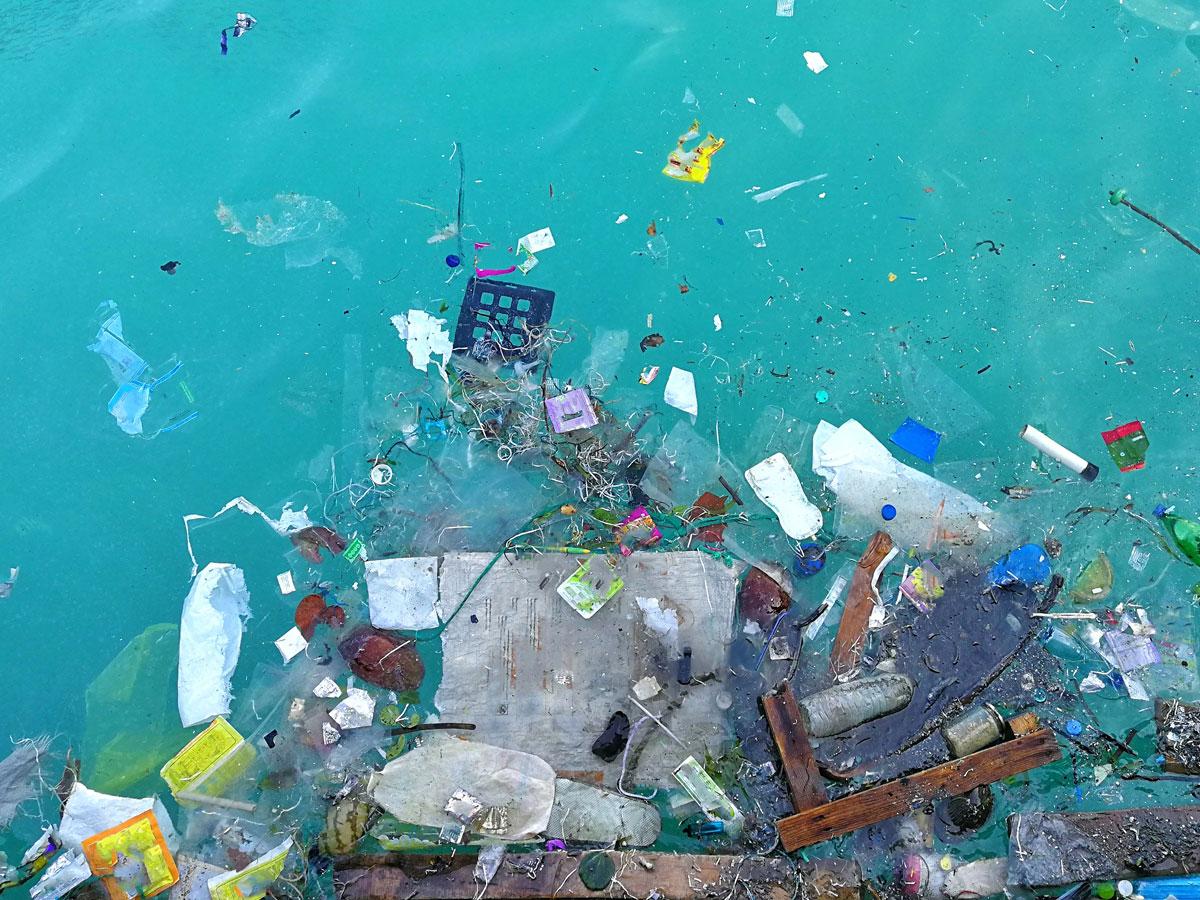Date Published: October 18, 2021
Plastic pollution mostly originates on land and is washed down through ditches, creeks, streams, and rivers and then into the ocean, impacting wildlife and the environment. Billions of pounds of plastic pollution finds its way to the ocean each year. The most common types of plastic pollution are plastic bottles, plastic bottle caps, food wrappers, shopping bags, and microplastics from soaps and beauty products. Some of this pollution will end up on beaches, some will be consumed by marine life, and some will end up in ocean gyres.
What does plastic pollution do to ocean life?
Plastic pollution is very harmful to ocean life. It can take hundreds of years to decompose and can be consumed by fish and other wildlife. Animals can also absorb the microplastics into their skin which can pose dangers to humans who in turn consume the fish. Many small animals, such as plankton, consume microplastics and are then eaten by whales. Sea turtles often mistake floating plastic bags for jellyfish and choke on them or starve to death when their stomachs become full of plastic that they cannot digest.
Where does the plastic come from?
As much as 80 percent of plastic pollution starts out on the land. Roadside litter, and other discarded items make their way to ditches, streams, and rivers. Most people are simply unaware that trash thrown alongside the road can and does end up polluting the ocean. About 20 percent of the trash comes from being thrown over the side of ships and platforms.
How can you help fight the impact of plastic pollution on the ocean?
There are many ways that you can help stop plastic waste’s effect on marine life. Much of the plastic in the ocean begins in roadside ditches, small streams, and rivers. You can volunteer at a local clean up day or clean up roadside litter and trash on your own. Making sure to send your plastic trash to a recycling program is another great option. You can also choose clothing and towels made with natural fibers. Other methods of containing and controlling plastic waste include using containment booms or barriers to deflect or collect it. A new type of containment boom is also being developed that uses plastic bottles found on the roadside as floats. You could also use a trash collection device like the Elastec Brute Bin in areas where there is good water flow. In protected waterways and harbors a trash skimmer boat like the Elastec Omni Catamaran could be deployed. To learn more about these methods you can contact us today.
